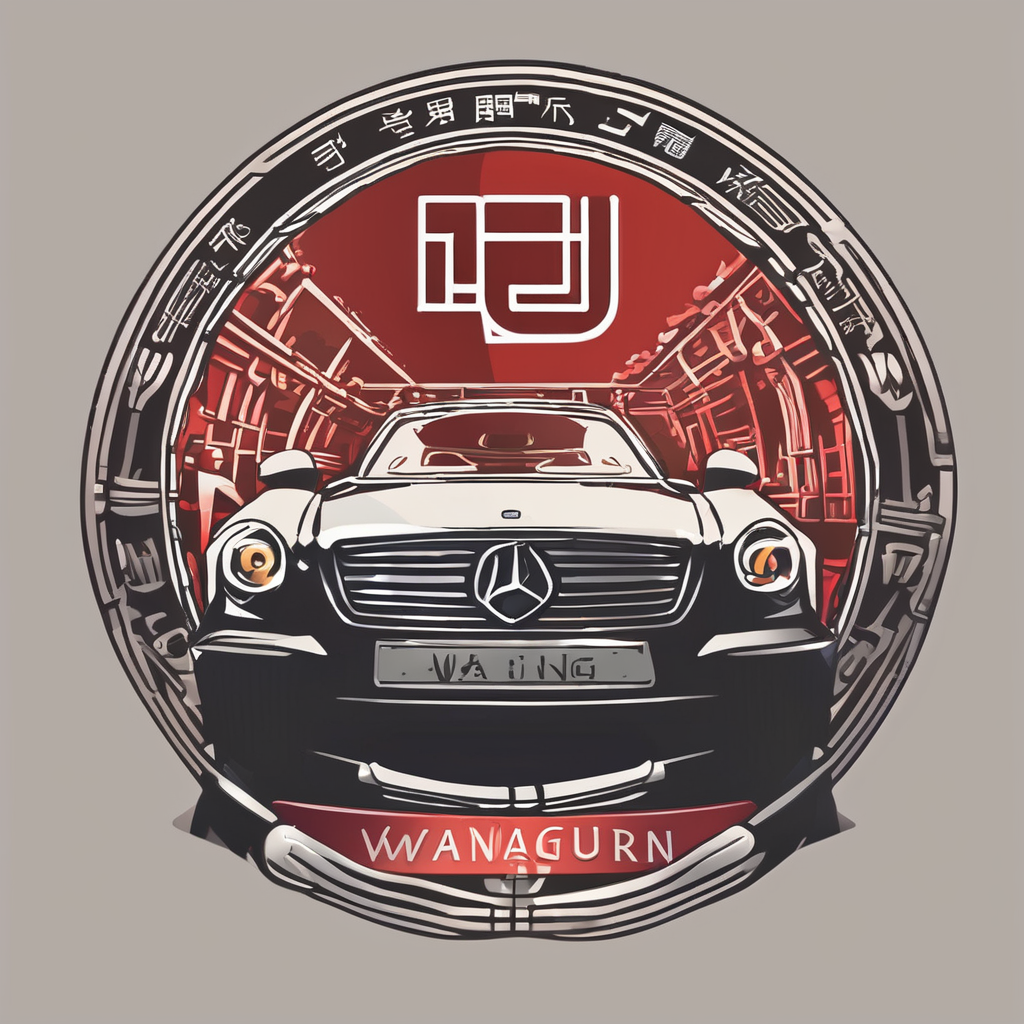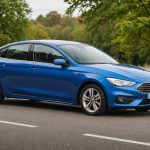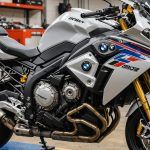Riding a motorcycle through urban environments presents a unique set of challenges and opportunities. Unlike other vehicles, motorcycles offer a level of freedom and agility that cars simply can’t match. However, this same agility comes with increased safety risks, especially within the bustling confines of city traffic. Understanding how to ride safely in urban areas—where traffic is dense and unpredictable—is crucial for motorcyclists looking to enjoy their ride while keeping themselves and others safe.
Understanding Urban Traffic Dynamics
In busy cities, traffic patterns are constantly shifting, with vehicles frequently stopping, starting, and changing lanes. As motorcyclists, you must be hyper-aware of your surroundings and anticipate the actions of other drivers. Staying vigilant and responsive to the flow of traffic can mean the difference between a smooth ride and a potential hazard.
Also to discover : Step-by-Step Guide to Identifying and Repairing Fuel Injector Issues on Your BMW S1000XR
Urban traffic often involves a mix of cars, bicycles, pedestrians, and public transport. Each type of road user presents different challenges and requires you to adjust your riding style accordingly. For instance, while cars may stick to designated lanes, cyclists might weave in and out, and pedestrians may unpredictably cross the street. As a result, your attention must be divided among multiple elements simultaneously.
Moreover, urban roads tend to have more intersections, traffic lights, and crosswalks, each posing potential risks. Intersections are particularly hazardous as vehicles may turn suddenly or neglect to give the right of way. Motorcyclists must be prepared to stop or maneuver quickly, keeping a safe distance from other vehicles and using their horn or lights to signal their presence when necessary.
Also to see : Unlock your bike’s potential with our custom sticker kits
Adopting defensive riding tactics is vital. Always assume that other drivers might not see you. Maintain visibility by avoiding blind spots, wearing bright or reflective gear, and using headlamps even during daytime. By enhancing your visibility and staying one step ahead in predicting traffic movements, you significantly increase your safety margin.
Mastering the Art of Lane Positioning
Positioning your motorcycle within a lane is more than just about occupying space—it’s a strategic decision that affects your visibility, path, and safety. In urban settings, lane positioning is an art that requires constant adjustment based on traffic conditions, road layout, and the behavior of other drivers.
It’s essential to understand the significance of the three main lane positions:
-
Left: This position offers a clear view of oncoming traffic and allows for better visibility at intersections. However, it also places you closer to opposing vehicles. Use this position when you need to prepare for a turn or pass another vehicle safely.
-
Center: While the center position provides balanced coverage, it may not always be ideal due to oil drips and debris commonly found in the middle of lanes. Still, it can offer the best compromise in situations where you need to maintain visibility without veering too close to other vehicles.
-
Right: This position is advantageous when dealing with slower-moving traffic or when preparing to exit the road. However, it exposes you to parked cars, pedestrians, or unexpected obstructions.
Selecting the appropriate lane position can maximize your safety and riding efficiency. In dynamic traffic conditions, you may need to shift between these positions to navigate around obstacles, avoid blind spots, and respond to sudden changes, like a vehicle encroaching into your lane.
Additionally, be mindful of lane splitting, a practice that involves riding between lanes of slow-moving or stationary vehicles. Although it can be tempting to cut through traffic, it’s crucial to check your local laws, as this practice is not universally permitted and can be risky if not executed with care.
Adjusting Your Speed Responsibly
Speed control is a fundamental aspect of riding safely in urban areas. Motorcycles can accelerate quickly, but this power must be managed prudently to maintain control and avoid collisions. In cities, where traffic congestion is common, riders should adopt a moderate speed that allows for quick reactions to changing circumstances.
Maintain a speed that aligns with the flow of traffic, rather than pushing limits. Rapid acceleration and sudden braking can lead to loss of control and increase the likelihood of accidents. Instead, opt for smooth acceleration and deceleration, which affords you more time to react to potential hazards like erratic drivers or pedestrians suddenly crossing the street.
Be particularly cautious in areas with high pedestrian activity, such as shopping districts or near public transport stations. Lower your speed and cover your brakes to reduce stopping time if needed. Adapting to conditions like wet or uneven roads is also critical. In such situations, reduce your speed to enhance traction and control.
Urban riding isn’t about being the fastest on the road; it’s about arriving safely. By keeping a consistent and suitable speed, you enhance your ability to respond to the unpredictable nature of city traffic. Moreover, you’ll benefit from decreased stress levels and improved overall riding experience.
Staying Aware of Your Surroundings
Awareness is your greatest ally when navigating urban traffic on a motorcycle. Maintaining a 360-degree awareness ensures you are alert to potential hazards, from vehicles suddenly changing lanes to pedestrians crossing outside designated areas.
Establishing a visual sweep technique can be invaluable. Regularly check your mirrors to track the position and movement of surrounding vehicles. Glance over your shoulder before making any lane changes to eliminate blind spots. This habit will help you anticipate the actions of other drivers and allow you to plan your movements more effectively.
Listening is just as crucial as seeing. With multiple sources of potential danger, your ears can pick up cues that your eyes might miss. The sound of a horn, an accelerating engine, or even the rustle of a pedestrian can alert you to imminent risks.
Time management also plays a role in your safety. Calculating the optimal departure times to avoid rush hour traffic can significantly reduce your exposure to dense traffic and aggressive drivers. When possible, consider alternative routes that give you more open space and a more relaxed ride.
Moreover, keeping a safe following distance affords you more time to react. In urban settings, this often means increasing your margin compared to what you might use on open roads. A greater buffer allows for more comprehensive assessments of potential hazards and reduces the likelihood of rear-end collisions.
Ultimately, riding with enhanced awareness is about understanding that safety is a multi-sensory experience. A balanced combination of visual, auditory, and spatial awareness helps ensure you can enjoy the ride while safeguarding yourself and others.
Navigating urban traffic safely on a motorcycle requires a combination of skills, awareness, and strategic riding techniques. By understanding the unique dynamics of city traffic, mastering lane positioning, and maintaining controlled speed, riders significantly enhance their safety and the enjoyment of their journey.
Staying aware of your surroundings and practicing proactive riding measures will help mitigate risks and ensure you arrive at your destination safely. As cities grow and traffic becomes more concentrated, the ability to adapt and prioritize safety is more important than ever.
Remember, every ride is a journey, with each being an opportunity to refine your skills and deepen your appreciation for the open road. Embrace the adventure of urban riding, armed with knowledge and a commitment to safety. Happy riding!










